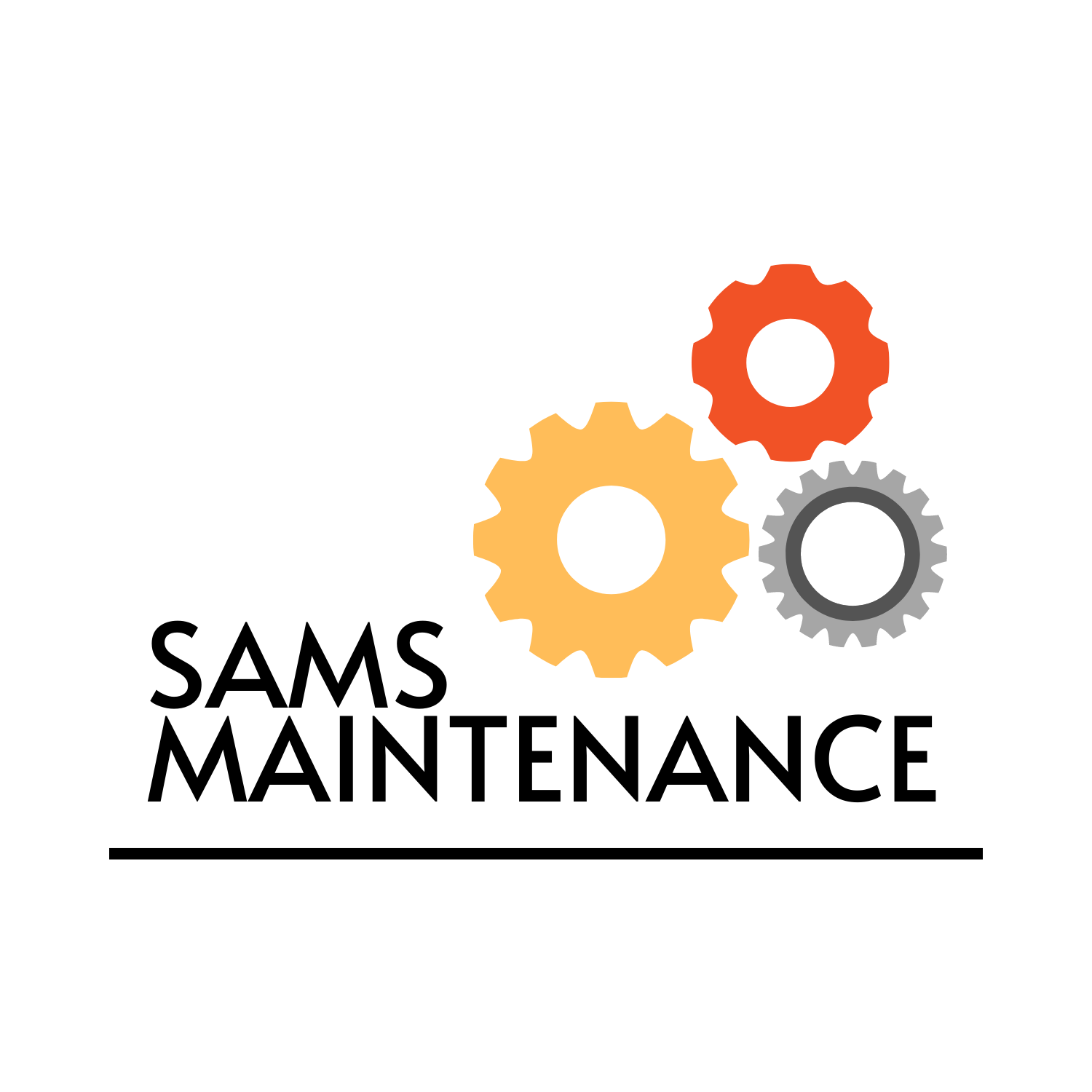As a homeowner, taking proactive steps to maintain your property can save you from costly repairs down the line and even increase its resale value. However, with numerous tasks to tackle, it can be overwhelming to determine what needs attention when. This is where seasonal house maintenance comes into play – a crucial aspect of homeowner care and repair that involves regular checks and upkeep to prevent damage and extend the lifespan of your home.

Seasonal Maintenance
As a homeowner, staying on top of seasonal maintenance can help prevent costly repairs, reduce energy bills, and keep your home safe and comfortable.
-
Spring Seasonal Maintenance
Spring is the perfect time to tackle tasks like cleaning gutters, inspecting roof damage, and power washing decks and siding.
- Clean out gutters and downspouts to ensure water flows freely and doesn’t cause damage to your foundation or landscaping.
- Inspect your roof for damaged, missing, or loose shingles and repair or replace them as needed.
- Power wash decks, patios, and sidewalks to remove dirt, grime, and mildew.
-
Summer Seasonal Maintenance
Summer is the ideal time to focus on cooling systems, air conditioning units, and outdoor living spaces.
- Have your air conditioning unit serviced to ensure it’s running efficiently and effectively.
- Check and replace your air filters regularly to improve indoor air quality and reduce energy costs.
- Maintain your lawn mower, trimmer, and other outdoor equipment to keep your yard looking its best.
-
Fall Seasonal Maintenance
Fall is the perfect time to prepare your home for winter by inspecting and repairing HVAC systems, gutters, and roofs.
- Have your heating system serviced to ensure it’s working properly and efficiently.
- Inspect and clean your gutters and downspouts to ensure water flows freely and doesn’t cause damage to your foundation or landscaping.
- Repair or replace damaged or missing roof shingles to prevent leaks and further damage.
-
Winter Seasonal Maintenance
Winter is the ideal time to focus on snow removal, ice dams, and frozen pipes.
- Remove snow from your roof, gutters, and downspouts to prevent ice dams and water damage.
- Insulate exposed pipes in unheated areas like the garage, basement, or crawlspace to prevent freezing and bursting.
- Keep your thermostat set between 60-65 degrees Fahrenheit to conserve energy and prevent pipes from freezing.
By following these seasonal maintenance tips, you’ll be able to stay on top of repairs, reduce energy costs, and keep your home safe and comfortable year-round.
The 1 Rule for Home Maintenance
As a homeowner, it’s essential to set aside funds for home maintenance to prevent costly repairs down the line.
- According to experts, the 1 rule for home maintenance is to allocate 1% of the total purchase price of your home annually for repairs and replacements.
- This translates to saving $2,500 annually for a $250,000 home, which works out to approximately $209 per month.
- Keep in mind that this is a rough estimate and doesn’t account for labor costs, materials, or other factors that may impact your home’s maintenance needs.
- For instance, if you live in an area prone to extreme weather conditions, you may need to factor in additional expenses for storm damage or roof replacements.
- Additionally, regular maintenance tasks like HVAC filter replacements, gutter cleaning, and pest control services can also eat into your allocated funds.
- To stay on top of these expenses, consider setting up a separate savings account specifically for home maintenance and reviewing your budget regularly to adjust as needed.
- By prioritizing home maintenance, you’ll be better equipped to handle unexpected repairs and keep your home in excellent condition, ultimately saving you money and stress in the long run.
At Sam’s Maintenance, we recommend consulting with a professional contractor or handyman to get a more accurate assessment of your home’s maintenance needs and develop a personalized plan to tackle them.
Remember, a well-maintained home is a happy home!

Routine Maintenance on a House
Routine maintenance involves regularly scheduled tasks to maintain a property’s overall appearance and functionality.
- Mowing the lawn
- Sweeping hallways
- Cleaning gutters
- Inspecting roof leaks
- Trimming tree branches
- Power washing decks and patios
- Sealing cracks in walls and floors
- Replacing air filters
- Checking smoke detector batteries
- Draining and winterizing hoses
These simple, recurring activities are crucial for curb appeal, safety, and extending the lifespan of your assets.
Seasonal Upkeep
As a homeowner, it’s essential to perform seasonal upkeep tasks to ensure your property remains well-maintained and safe.
- Spring:
- Clean out gutters and downspouts
- Inspect and repair roof leaks
- Trim tree branches
- Aerate lawns
- Summer:
- Check and replace air conditioner filters
- Inspect and clean outdoor furniture
- Water plants and gardens
- Check for signs of pest infestations
- Fall:
- Clean leaves from gutters and downspouts
- Inspect and repair roof leaks
- Trim tree branches
- Prepare lawns for winter
- Winter:
- Drain and winterize hoses
- Insulate exposed pipes
- Check and replace furnace filters
- Prevent ice dams from forming on roofs
DIY Repairs and Preventative Maintenance
Regular DIY repairs and preventative maintenance can save you money and extend the lifespan of your property.
- Fix leaky faucets
- Replace worn-out door handles
- Repair torn screens
- Seal gaps around windows and doors
- Check and replace smoke detector batteries
- Inspect and repair roof leaks
- Drain and winterize hoses
Importance of Regular Maintenance
Regular maintenance is crucial for maintaining a property’s overall appearance and functionality.
By performing routine maintenance tasks, you can:
- Extend the lifespan of your property
- Save money on costly repairs
- Improve curb appeal
- Ensure safety and security
- Increase property value
At Sam’s Maintenance, we understand the importance of regular maintenance and offer expert advice and guidance to help you keep your property in excellent condition.

How Much Should You Spend on House Maintenance Per Year?
As a homeowner, it’s essential to set aside funds for regular house maintenance to prevent costly repairs down the road.
- According to experts, it’s recommended to allocate 1 to 2% of your home’s purchase price annually for routine maintenance tasks.
- This includes expenses for roofing repairs, sewer updates, and replacing major appliances, which can cost thousands of dollars.
If saving 2% seems daunting, start with a smaller percentage and gradually increase it over time.
Budgeting Tips for Home Maintenance
- Create a separate savings account specifically for home maintenance expenses.
- Set aside a fixed amount each month or quarter to cover unexpected costs.
- Consider investing in a home warranty to protect against costly repairs.
- Regularly inspect your home’s systems and components to identify potential issues before they become major problems.
Additional Resources
For more information on home maintenance and repair, visit our Home Maintenance Tips page or check out our DIY Repair Guides .
Additionally, consider consulting with a professional contractor or handyman service, such as HomeAdvisor or Thumbtack , to get quotes and advice on specific projects.
Calculating Annual Home Maintenance Costs
A well-maintained home can save you money in the long run, but understanding annual home maintenance costs is crucial for budgeting.
- Maintenance Cost Factors
- Location: Climate, region, and local regulations impact maintenance expenses.
- Home size and age: Larger, older homes require more frequent repairs and replacements.
- Finishes and materials: High-end finishes and premium materials increase maintenance costs.
- System efficiency: Energy-efficient systems reduce energy consumption and lower bills.
The general rule of thumb is to allocate 1% of your home’s value annually for maintenance costs. However, this figure may vary depending on your location and home specifics.
- Breaking Down Maintenance Expenses
- Exterior maintenance (20-30%): Roof repairs, siding replacement, and landscaping.
- Plumbing and HVAC (20-30%): Leaks, pipe bursts, and system failures.
- Electrical and appliances (15-25%): Circuit breaker issues, appliance malfunctions.
- Interior maintenance (10-20%): Painting, flooring, and window replacements.
- Other expenses (5-15%): Pest control, mold remediation, and unexpected repairs.
To estimate your annual home maintenance costs, consider factors like your home’s size, age, and location. A 10,000 sq ft house might require $10,000 to $20,000 in annual maintenance, depending on its condition and your location.
Regular inspections and proactive maintenance can help prevent costly repairs and extend the life of your home’s systems and components.
For a more accurate estimate, consult with a professional contractor or home inspector who can assess your property’s unique needs and provide personalized recommendations.

Understanding Average Maintenance Fees
As a homeowner, understanding the average maintenance fees associated with owning a property can help you plan and budget accordingly.
- Annual Home Maintenance Costs: A general rule of thumb is to expect your annual home maintenance costs to amount to 1% to 4% of your home’s value.
- Example Calculation: If your home is worth $300,000, you might spend anywhere from $3,000 a year to $12,000 a year on upkeep.
- Factors Influencing Maintenance Costs: Various factors can impact your home’s maintenance costs, including location, age, size, and condition of the property.
- Importance of Regular Maintenance: Regular maintenance can help prevent costly repairs down the road and ensure your home remains safe and functional.
At Sams Maintenance , we understand the importance of regular maintenance and offer a range of resources and tips to help homeowners keep their properties in excellent condition.
We recommend checking out our guide on Home Maintenance Tips for more information on how to keep your home well-maintained and prevent costly repairs.
Additionally, consider consulting with a professional contractor or handyman service, such as HomeAdvisor , to get a better understanding of the costs involved in maintaining your specific type of property.
By staying informed and taking proactive steps towards maintenance, you can save money and enjoy a safer, more comfortable living space.
Conclusion
In conclusion, understanding average maintenance fees is crucial for homeowners looking to plan and budget effectively for their property’s upkeep.
By considering factors such as location, age, size, and condition of the property, and staying informed through resources like Sams Maintenance and HomeAdvisor , you can make informed decisions and take proactive steps towards maintaining your home’s value and safety.

0 Comments